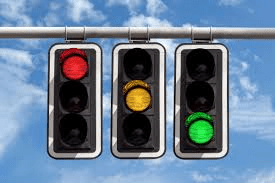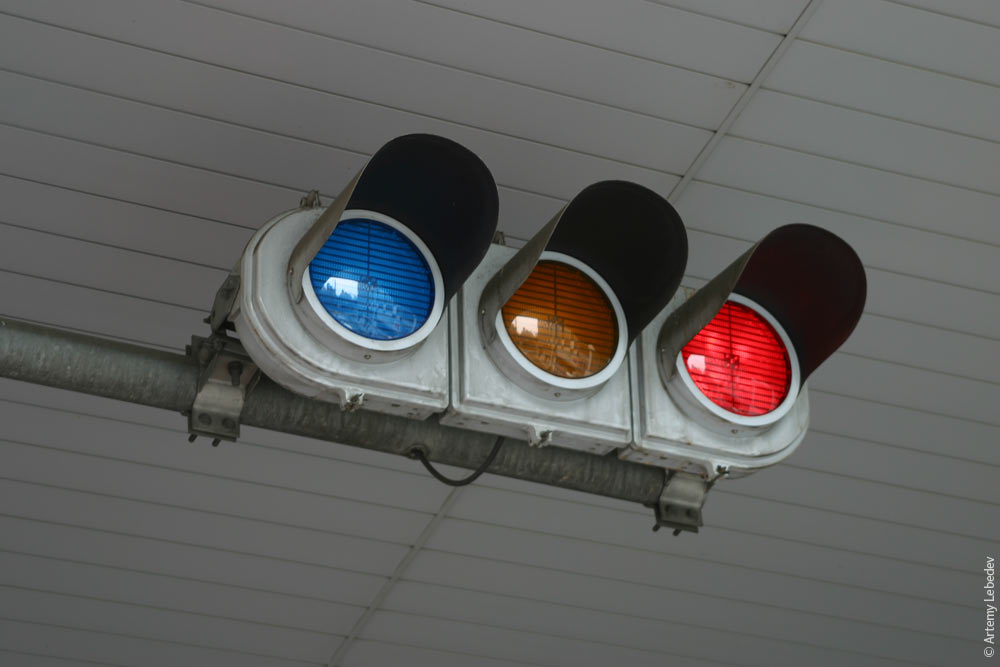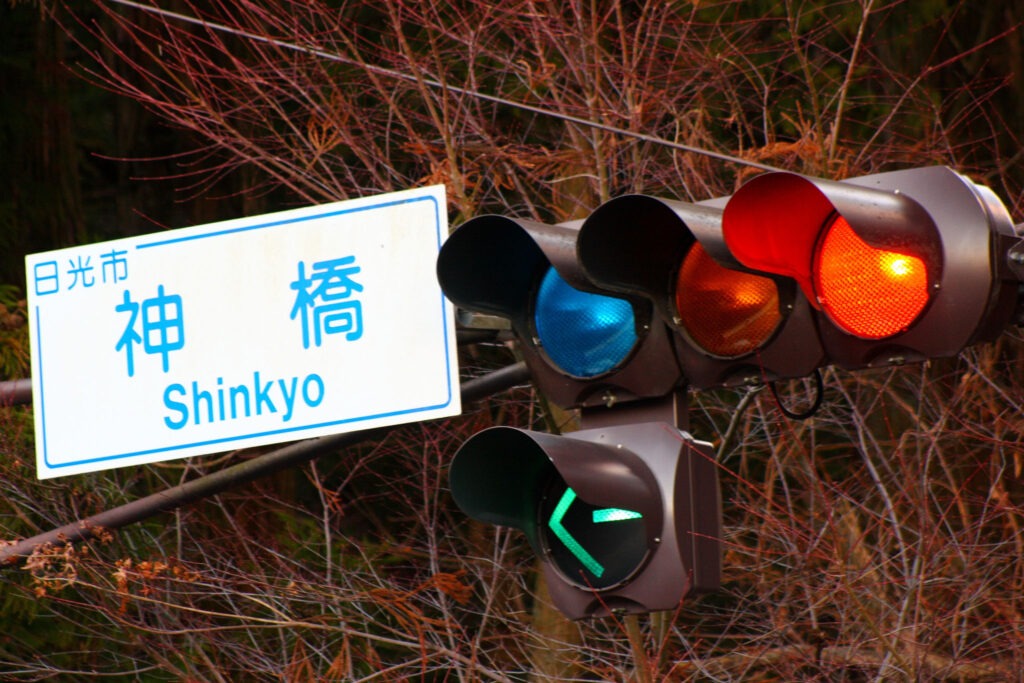If you’ve had the chance to visit Japan, you might have noticed an unusual feature in the traffic lights: they display blue lights instead of the conventional green.
In most countries, traffic lights follow the international standard set by the Vienna Convention on Traffic Signals in 1968, using red, yellow, and green to regulate traffic. However, Japan breaks this pattern with blue lights instead of the traditional green. Why is this the case?

Culturally significant
The reason lies in Japan’s cultural and linguistic history. In ancient times, the Japanese language did not clearly differentiate between green and blue, using the word “aoi” to describe both colors (and no, they were not colorblind 😅). Although modern Japanese has distinct words for blue (“aoi”) and green (“midori”), the transition was not immediate.
During World War II, distinguishing between these colors became critical. The need to paint aircraft carriers in a shade closer to blue highlighted the importance of distinguishing blue from green. This helped avoid confusion and ensured that blue and green were recognised as separate colors.
This linguistic shift reflects how cultural adaptation to post-war needs and significant historical events can shape language.
After the war, although traffic lights with standard green and red lights were introduced in Japan, people still referred to the color green as “aoi.” This led to some traffic lights displaying blue instead of green, as both colors were commonly called “aoi.”

The psychology of colour
In addition to cultural influence, the use of blue in Japan’s traffic lights is also related to colour psychology.
Blue tends to convey a sense of calm and security. By using blue in traffic lights, the intention is to communicate “be calm, but cautious” to drivers and pedestrians, avoiding the anxiety that more intense colours like red or yellow might cause.
So essentially, it’s a strategy to keep everyone calm while crossing the road or driving. Fascinating, isn’t it?

Adaptation to LED Technology
In 1973, the Japanese government mandated that traffic lights should be green with a blue tint. However, in some areas, you can still find blue traffic lights, serving as a reminder of the cultural and linguistic evolution after World War II.
With advancements in technology, the adoption of LED lights in traffic signals has facilitated a smoother transition between colors. The difference between blue and green is less pronounced in LED lights, which has helped the Japanese population better accept and understand this unique characteristic.
This peculiarity in Japanese traffic lights not only reflects cultural complexity but also embodies the history of adaptation during critical periods, such as the war, and how these events have influenced everyday aspects of Japanese life.

So, the next time you’re at an intersection in Japan, take a moment to appreciate the blue lights and remember the history behind them. Travel safely and enjoy! 😉



